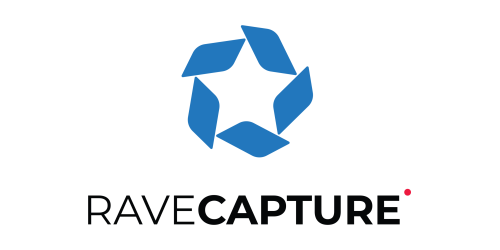
What is a Top-Level Domain TLD? TLDs Explained
Zane LucasShare
A Top-Level Domain TLD is the last part of a website address the part that comes after the final dot. For example, in www.example.com 'com' is the TLD. It indicates the type of organization or geographic location the website represents. Choosing the right TLD is crucial for your online presence.
Types of TLDs
There are various types of TLDs. Generic Top-Level Domains gTLDs like .com .org and .net are widely used and represent different categories of websites. Country Code Top-Level Domains ccTLDs such as .uk for the United Kingdom or .ca for Canada represent specific countries or regions. New gTLDs have also emerged offering more specific branding options.
Choosing the Right TLD
Selecting the right TLD is vital for your online strategy. A .com TLD is often considered a standard for businesses. However other TLDs can better reflect your niche or geographic focus. Consider your target audience and branding when making your selection. For example, if you're a UK-based business a .co.uk TLD might be preferable.
The Importance of SSL Certificates
Regardless of the TLD you choose securing your website with an SSL Certificate is paramount. SSL Certificates encrypt data transmitted between your website and visitors ensuring secure online transactions and protecting sensitive information. A padlock icon in the browser's address bar indicates a secure connection. Trustico® offers a wide range of SSL Certificates to suit different website needs.
Registering Your Domain Name
Once you've chosen your TLD you need to register your domain name with a domain registrar. A domain registrar is a company that manages the registration of domain names. This ensures that your chosen name is unique and prevents others from using it.



